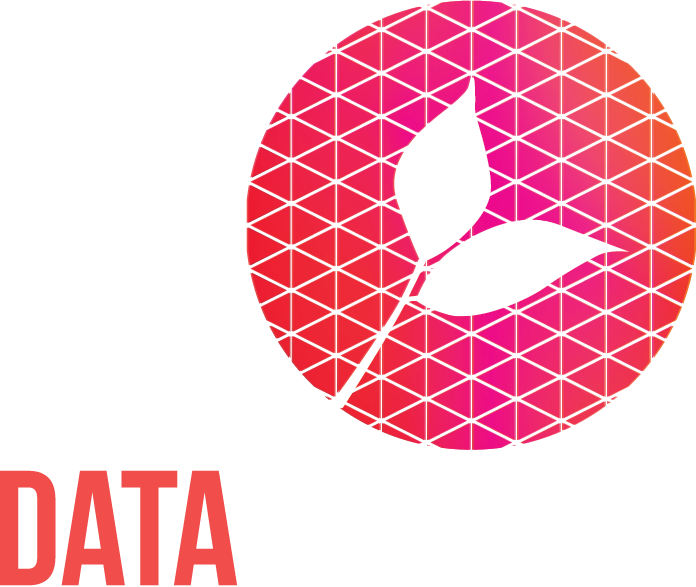Making better use of maps and geodata
Every month, our Nonprofit Datafolk Club gets together to share experiences and learning. It’s a chance for data folk working in or with nonprofits to network and discuss matters of mutual interest.
At one of our 2024 workshops, we looked at 'Making better use of maps and geodata'. We framed discussions around the questions: ‘How do you currently use maps/geodata?’, ‘Is there anything specific you would like to use it for that you don't?’ or ‘What do you need help with to work with geodata?’, ‘What are some tools/resources you find helpful when working with geodata?’ and ‘Do you have any ‘quick wins’ for geodata analysis?’
We asked attendees to make notes of their discussion, which we then used to form the basis of this summary blogpost.
Geodata uses
There were a whole host of interesting ways that people used maps and geodata. A few great examples were:
Mapping locations of deaf children to target resources.
Mapping older people’s characteristics by constituency to communicate with MPs.
Using choropleth maps to show spending for visually impaired individuals.
Analysing the ageing population of criminal jury solicitors by region.
Using ONS data to see which communities are deprived and whether we have enough services in the right places.
Looking at travel distances for healthcare, making sure there is access where there is need.
Geodata quick wins
Here are some tricks of the trade from the data folk about how to work with geodata quick and effectively:
Google Sheets with Leaflet Maps for quick mapping.
Working with university students and volunteers with GIS skills.
Use internship programs or companies that work with young people to gain experience e.g. programming skills (Otta).
Use transparent images to reduce processing speed in PowerBI.
Free and open-source tools like QGIS and Flourish (Flourish can copy maps into Canva as owned by same company - more user friendly, visually appealing).
Esri ArcGis app packages.
Felt (a GIS platform).
Sharing an interactive map means people engage with it more.
Tools and resources
The remaining notes from this workshop were basically a whole list of fantastic tools and resources. So, not wanting to gatekeep any, we have pasted them ALL below.
Tools
🌟 = free to use
⭐ = have a free version
PowerBI (integrates with Bing maps and Esri ArcGIS) (⭐ if you have Microsoft licence)
Icon Map 🌟/ Icon Map Pro (some use GitHub for hosting geojson files for use with Icon map in Power BI)
Mapinfo - for creating static maps
ArcGIS - for dynamic maps ⭐
QGIS - geo analytics - free open source - downloaded to desktop and large global community. All Python based - if that is skills set can help do more. 🌟
Flourish - easy to share with people, owned by Canva. Doesn’t require GIS experience. Good at telling stories. Has a free version. ⭐
Tableau ❓
MapIt ⭐
Felt - online GIS package analytics and collaboration - not free
CRM Analytics on top of Salesforce - mapping is limited
Resources
Examples
https://likeaword.github.io/borderlines2024/ - Made using Google Sheets with Leaflets Map
Data sources
Telemetry data
Ward and borough maps to create heat maps
Join the Nonprofit Datafolk Club
If you found this resource interesting, or if you have any curiosity in nonprofit data more generally, please come and join us at our next workshop. Each month has a different topic – you’ll find details on our events page. Previous topics have included:
Tips for adopting new data tools
Data disasters and how to avoid them

